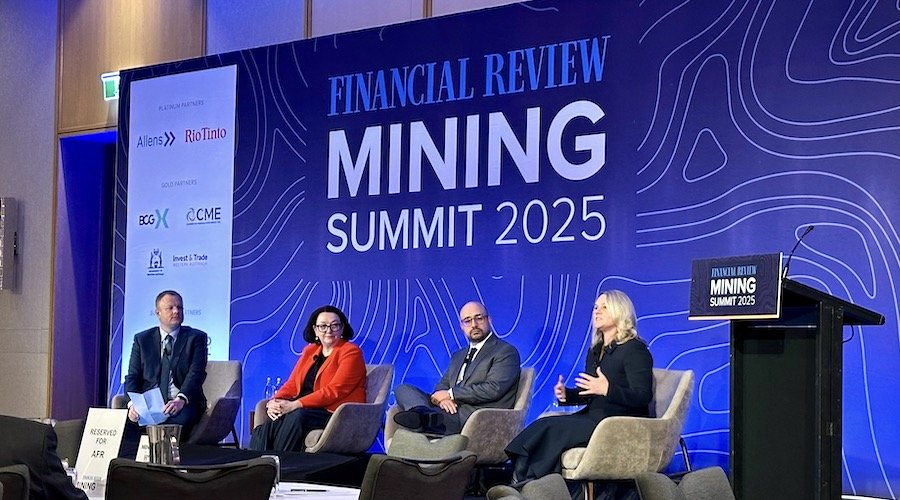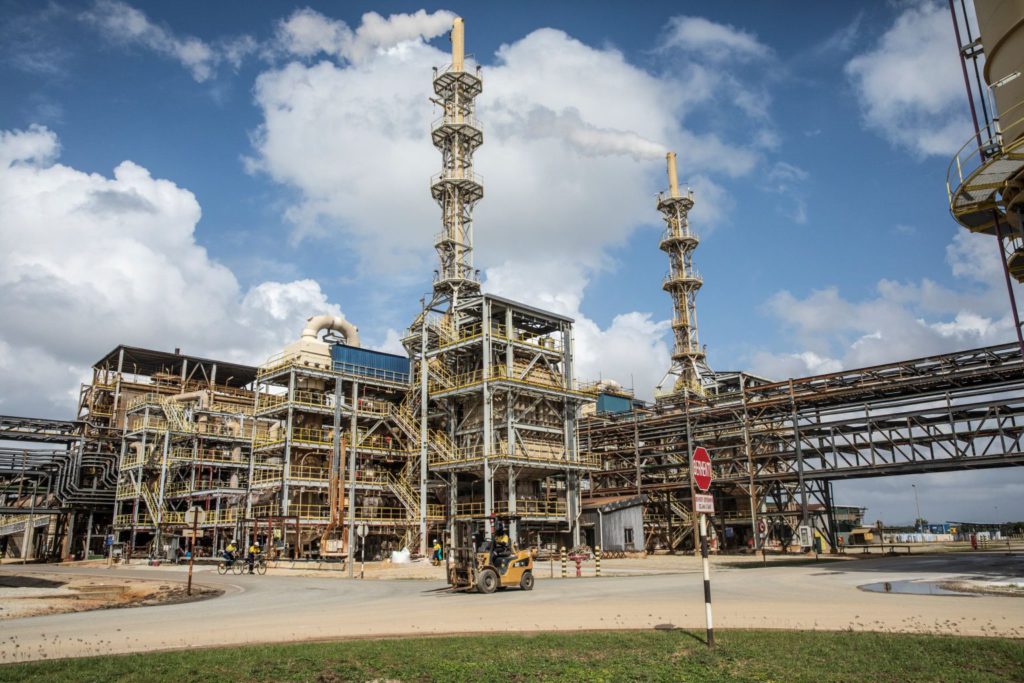A technology developed at Rice University and licensed to Australia-based MTM Critical Metals (ASX: MTM) can separate rare earths metals and gold from e-waste in a two-step process with no mining or smelting and with a minimal amount of chemicals, the company said.
MTM announced Tuesday it has now secured a pre-permitted site in the heart of the US Golf Coast petrochemical corridor in Chambers County, Texas, as its first facility.
The fully permitted industrial waste processing site enables the company to rapidly commission its flash joule heating (FJH) metal recovery demonstration plant and serve as a base for future commercial operations and R&D activities, MTM said.
The facility will focus on recovering high-value critical metals – such as gallium, germanium, indium and gold-rich e-waste.
The FJH technology represents an advanced electrothermal process that enhances metal recovery and mineral processing compared to traditional methods.
By rapidly heating materials in a controlled atmosphere, FJH can efficiently extract metals like lithium from spodumene, gallium from scrap and gold from E-waste, among others, MTM said.
This technology has potential to accelerate metal recovery by reducing energy consumption, reagent use and waste, offering a more economical and environmentally friendly alternative to traditional methods, it added.
“Securing this site significantly de-risks MTM’s accelerated timeline of having the first FJH demonstration plant commissioned by the end of this year,” MTM Critical Metals CEO Michael Walshe said in a news release.
“Our technology is expected to be of particular interest in the US because of our ability to extract many of the rare earths and critical metals that are so important to US security in light of recent geopolitical developments. FJH has potential to provide these materials through recycling existing e-waste sources.”
Walshe added that the company already has several agreements with e-waste suppliers to supply feedstock.
MTM expects to begin processing e-waste in 2026. The site has been secured under a 10-year lease agreement, which includes an option to purchase the property after year six. It also expects to finalize the lease and commence on-site development in the third quarter of 2025.



